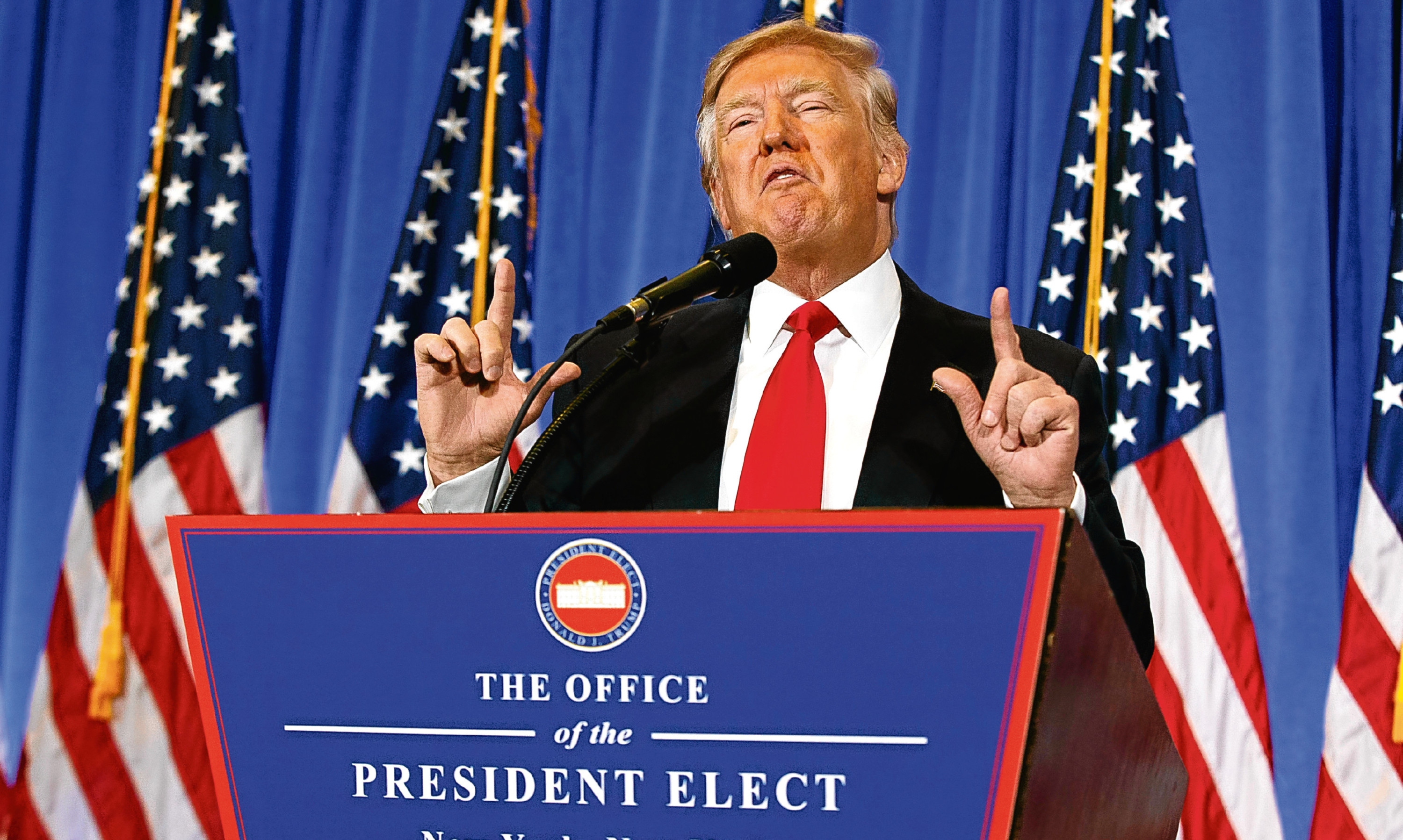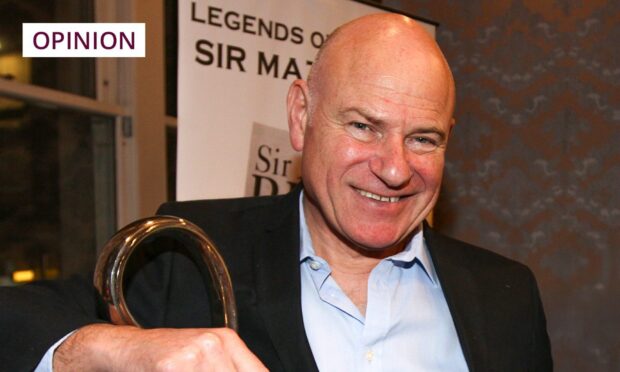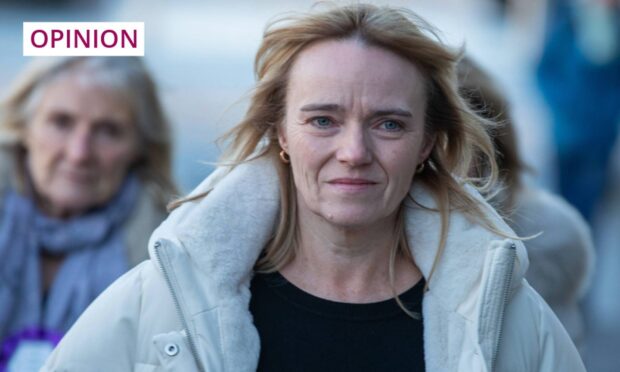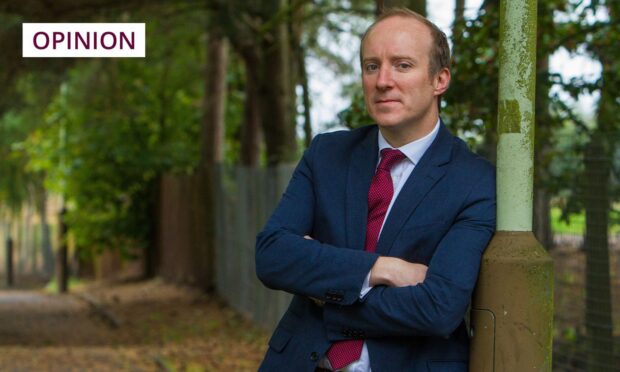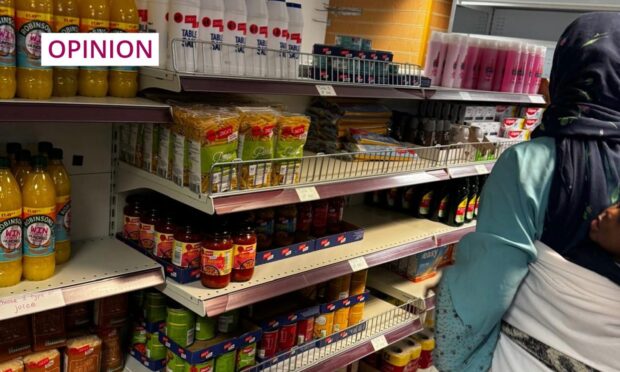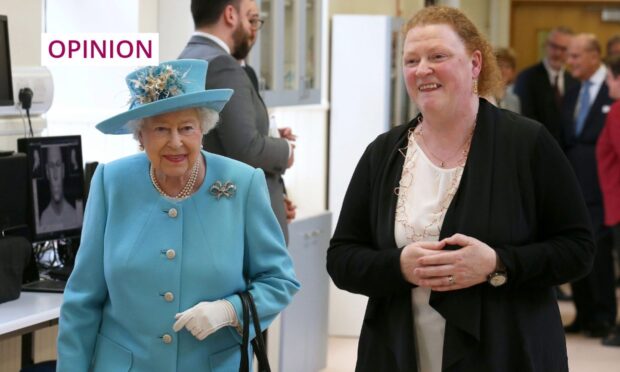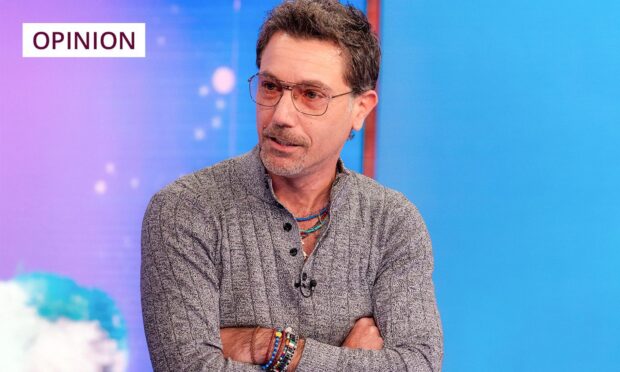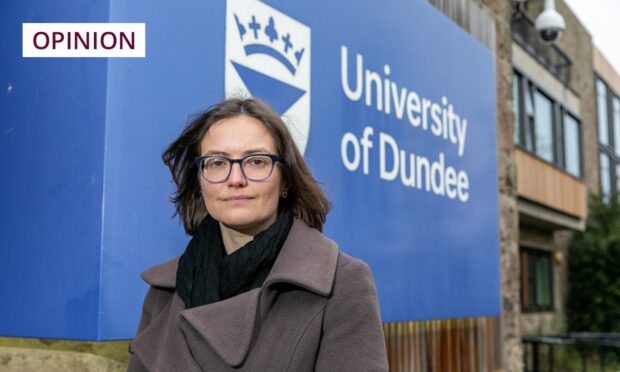FAKE NEWS! SAD!
Perhaps surprisingly, and certainly sadly, that is not a phrase limited to the leader of the free world. Instead it has become the cry of almost any keyboard warrior with the ability to type.
The dissemination of invented propaganda disguised as fact is an increasingly dangerous problem in the age of social media.
When people think they no longer have to pay for news, instead sourcing information from areas of the internet where it is free from an unknown and unregulated source, there is always the danger it is also incorrect.
Please do not misunderstand. There are a great many new media websites which push boundaries to offer insight and information which is reliable and indeed desirable.
At the same time, there are reputable news outlets whose output should always be scrutinised with a pinch of salt to check which angle is being taken on any given story.
Rigorous intellectual examination of vested interests and, to be frank, innocent errors should be welcome.
We’ve all made mistakes and only those with paper-thin skin will struggle to listen and learn.
What is concerning, however, is the regularity with which people throw around phrases with extreme meanings about largely benign statements.
All political parties have to take some responsibility for this and we are far from above it all in Scotland, despite the holier than thou attitude taken by far too many people too busy patting themselves on the back to look in the mirror.
It started with Kezia Dugdale, the Scottish Labour leader, who accused the Scottish Government of using “alternative facts” in an argument over its ability to honestly add up its budget.
Not to be outdone by his boss, Lewis Macdonald, the party’s Europe spokesman, used the same phrase to describe this tightrope of dubious spin from Alex Salmond after the former First Minister said: “Far more people in Scotland, by majority and percentage, wanted to stay within Europe as wanted to stay within the United Kingdom.”
Alternative facts, a phrase seen by many as eerily Orwellian and coined last weekend by a senior Donald Trump adviser to cover his own assertions about crowd size at the president’s inauguration, has become political parlance for lying.
Not to be outdone, the SNP got in on the act themselves by accusing Ruth Davidson, the Scottish Tory leader, of “fake news” because she oversold a poll about independence.
Budget figures, election results and polling data can all be contorted to provide a narrative which is a less than clear picture of the truth.
This should be questioned. That is holding power to account.
Dismissing it with the sound bite of the day in a manner which is intended to shut down all debate is much, much more worrying.
Let’s stop for a moment to consider what fake news actually is.
It is the proliferation, through social media and the internet, of inaccurate and untruthful news stories, sometimes written by outlets posing as legitimate media organisations.
As part of a new inquiry, the Commons Culture, Media and Sport Committee will examine whether search engines and social media companies, such as Google, Twitter and Facebook, need to take more of a responsibility in controlling fake news, and whether the selling and placing of advertising on websites has encouraged its growth.
It is shaping up to be an exceptionally important piece of work.
Therefore it is a genuine shame the phenomenon is not being treated with the same level of rigour north of the border.
Perched on pedestals, so-called civic Scotland alternates between wringing its hands with concern at Donald Trump calling CNN “fake news” and expressing relief about how much better things are over here.
Meanwhile, the party of government, and those who would seek to step into its shoes, are pedalling exactly the same type of rhetoric.
Such a lack of self-awareness must not be allowed to go on much longer.
If we are heading for a second independence referendum, and indeed even if we are not given we still have to navigate the choppy waters of Brexit, constructive thinking is required.
Howling insults at your political opponents in an attempt to degrade them because they disagree with your echo-chamber will not cut it anymore.
Nor should it.
It’s time to grow up fast.
